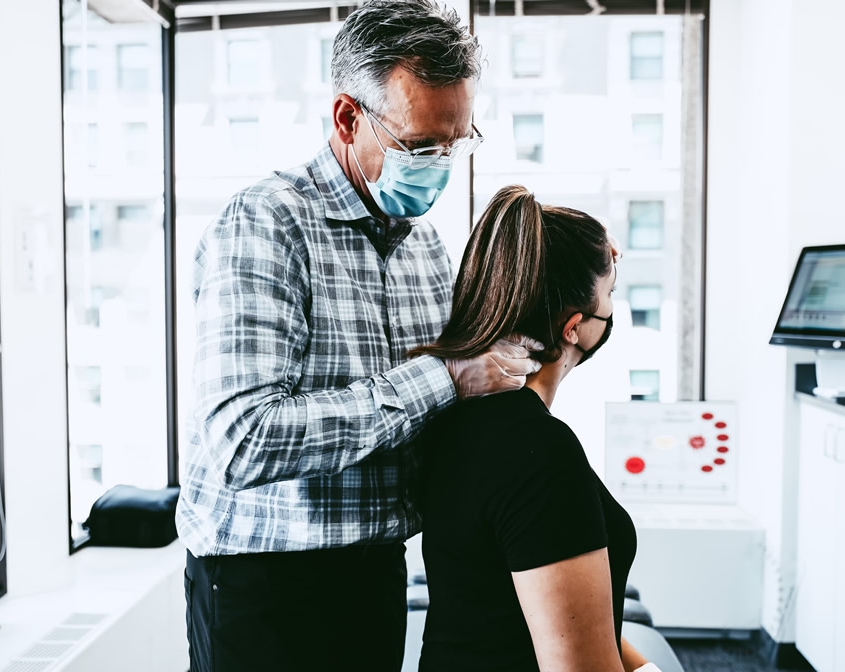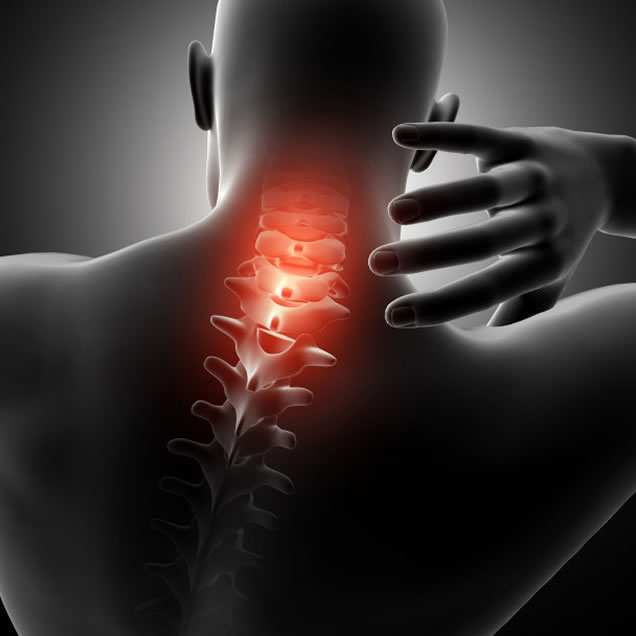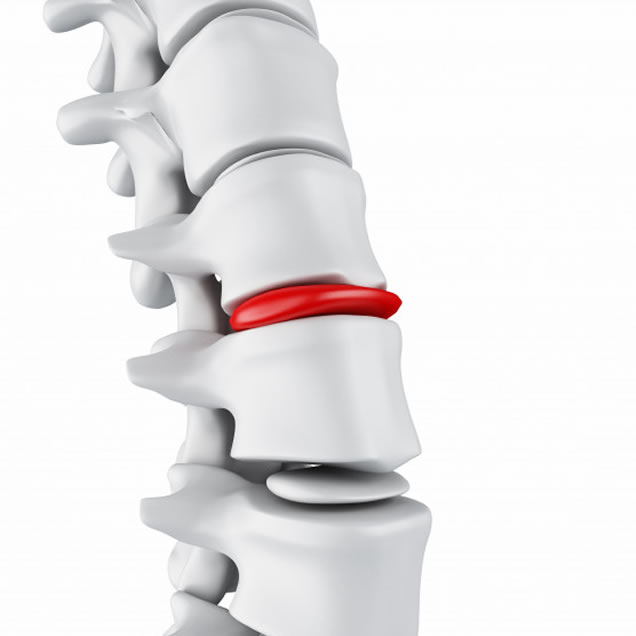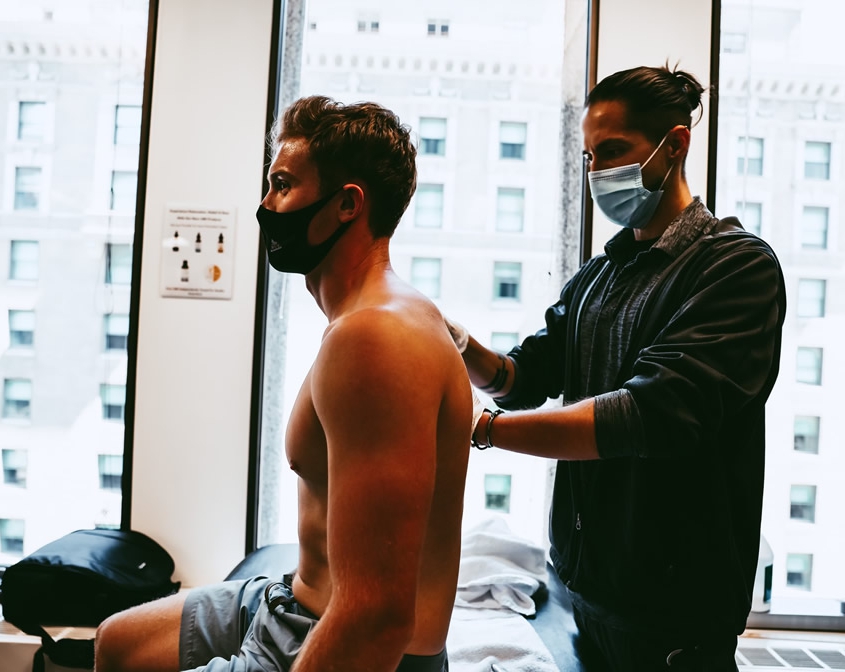Degenerative Disc and Joint DiseaseEarly studies downplayed any long term consequence of episodic lower back pain. Treatment for acute lower back pain often consisted of prescription pain medications, anti-inflammatory drugs, and muscle relaxants. This course of treatment is ineffective because the cause of pain is left untreated. Instead, the symptoms of pain are simply masked by the prescribed medications.Our clinic has seen countless patients who are frustrated with the ineffectiveness of previously prescribed treatment regimens and are searching for a new, more effective approach. If left untreated, over time the lower back just simply wears out. Often an MRI is ordered and surgeries are recommended. With a treatment approach rooted in pain management rather than structured biomechanical change, it’s no wonder low back pain accounts for the highest rate of disability and work loss in our country.Recent studies dispute the idea that episodic back pain is self-limiting and without long term consequence. It is now recognized that those who have even one episode of lower back pain are at high risk for future episodes.
Current studies have concluded that chiropractic care is the most effective primary treatment approach for both acute and chronic low back pain. The studies suggest that chiropractic care is also helpful in preventing future episodes of pain. This process of continual assessment and adaptation ensures that your health goals will be met.







